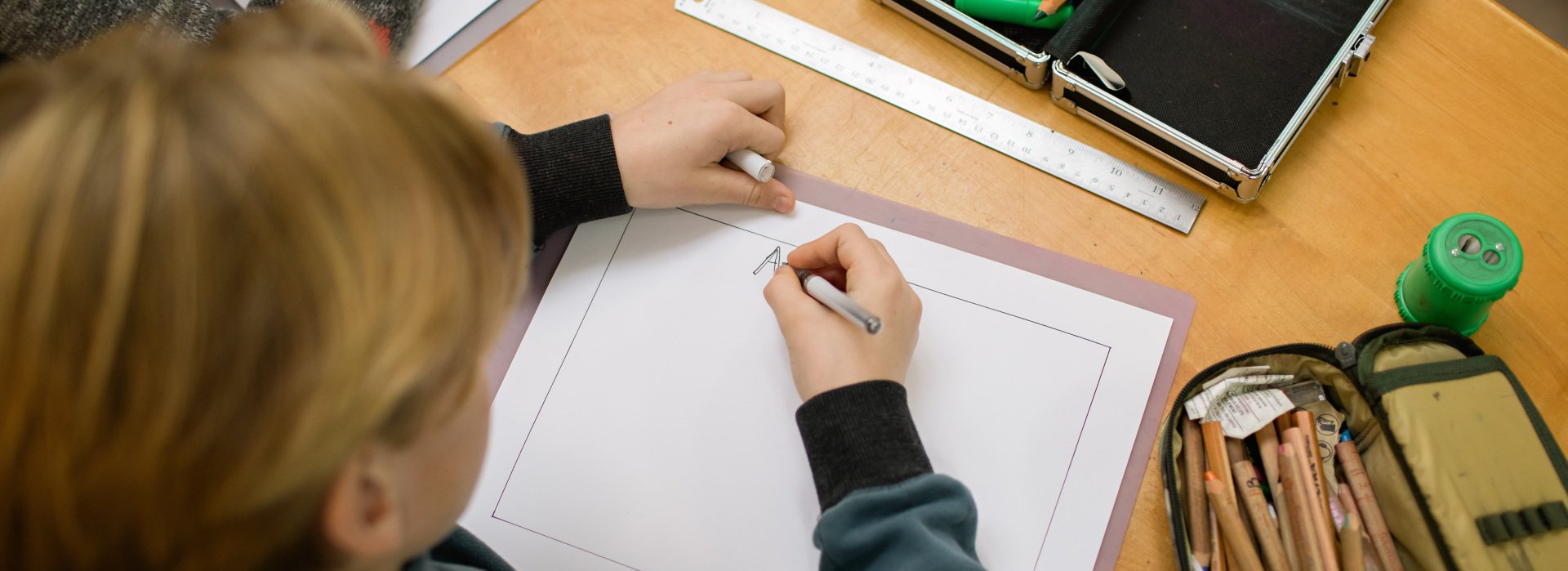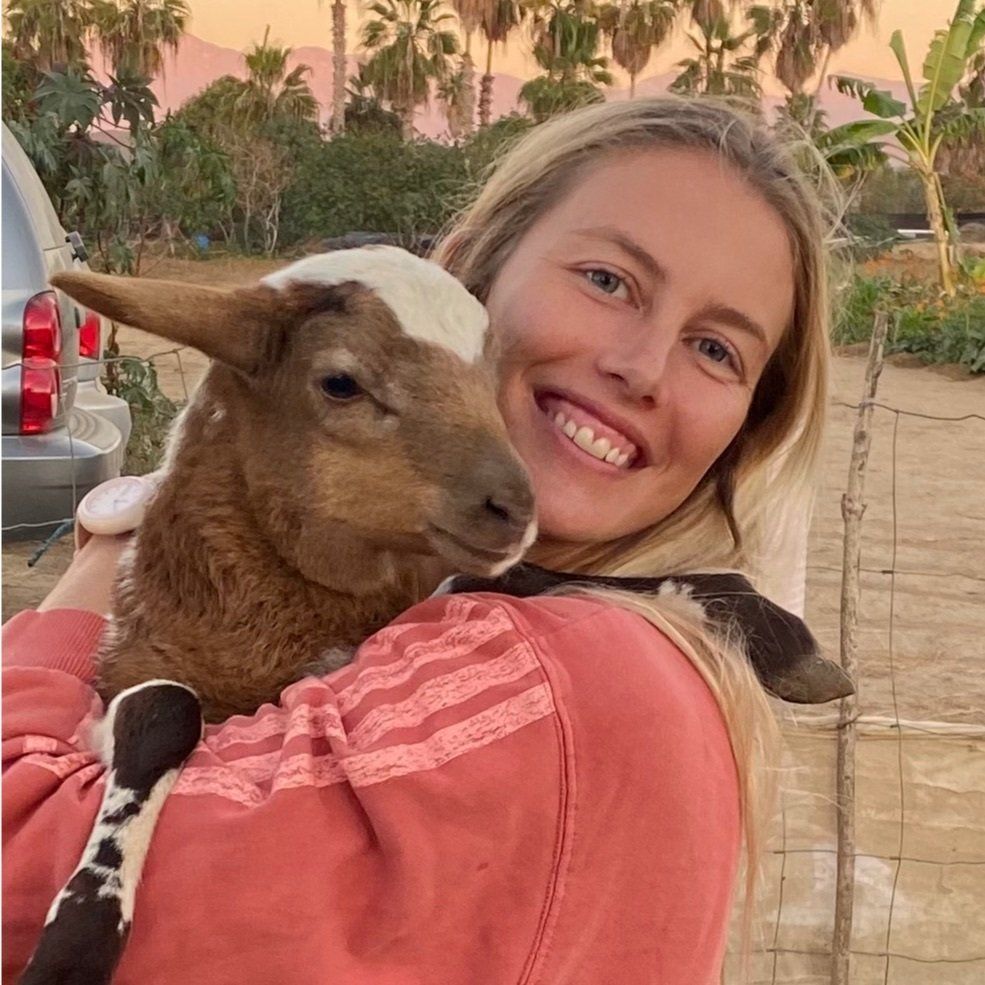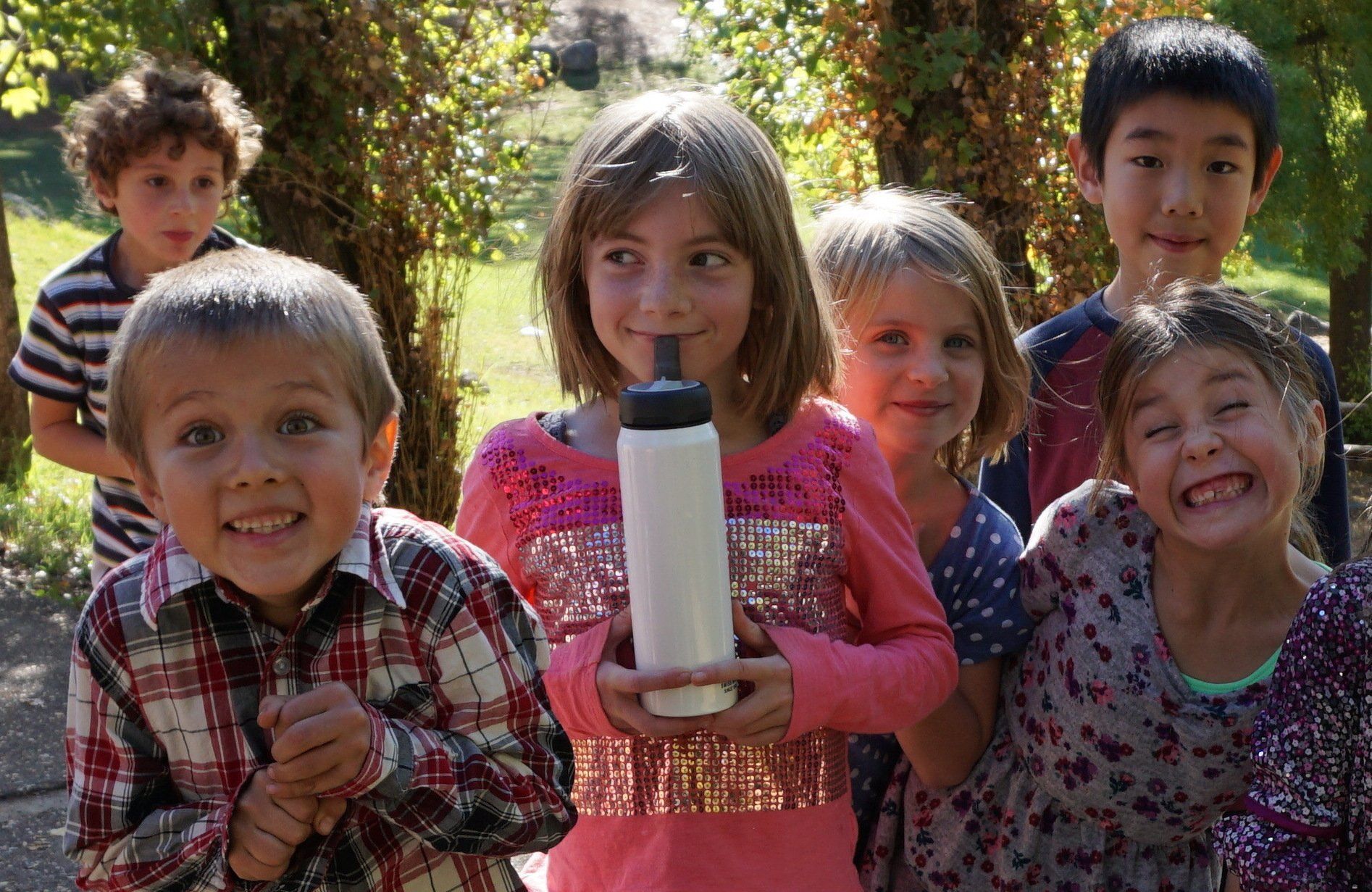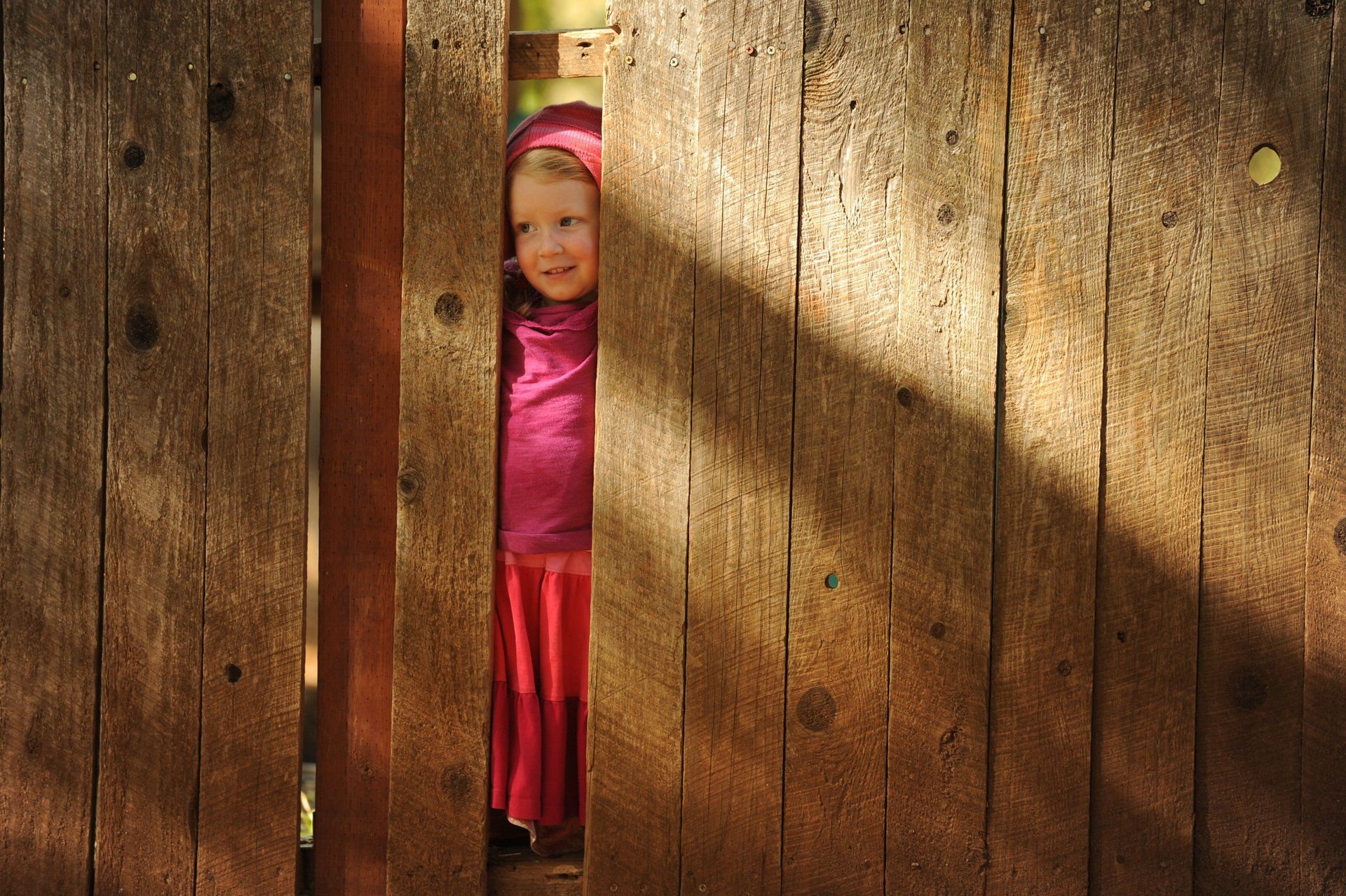Blog Post
What does Phlegmatic mean in Waldorf schools?
Rev Bowen • Nov 30, 2020
The Phlegmatic by Rev Bowen

Each one of us has all four temperaments. For myriad reasons, we have a certain tendency to exhibit the temperaments in different proportions. Jose, for example, might exhibit behaviors and personality traits that could be attributed in percentages as follows:
Example Jose's temperamental percentages
50% sanguine
25% choleric
20 % phlegmatic
5% melancholic
Jose's parents and teachers will see this and, hopefully, have two concurrent goals. They want to help each temperament come into its more mature form. As with anything in life, the first expressions are almost always immature versions, full of potential, but needing care and guidance to realize that potential. They also want to help bring these expressed temperaments into a healthier balance. We need to have each temperament's mature gifts and benefits. Jose, as you can see, has hardly any melancholic tendencies. That would be unfortunate if left as-is, because each temperament--Yes! even the melancholic--has wonderful gifts for the self and others. Jose may not have any of that self-pity--which is a "good thing" in some ways--but Jose will likely have very little sympathy for and deeper connection with others. As much as his sanguine traits will help him connect with lots of people, those connections will be shallow and fleeting if left alone. And of course, as Jose matures, he will need to take an active role in maturing and balancing his temperaments as well.
Now, let's take a look at the fourth temperament, the phlegmatic
temperament.
The phlegmatic temperament is the expression of water. (Sanguine-air, choleric-fire, melancholic-earth, phlegmatic-water). When we see liquid water in nature, it is either flowing or pooling. In either situation, water will often express patterns. Waves at the shore of the great pooling ocean come in patterns, one after the other, over and over. When a river flows across the land, even across a relatively flat plain, it has a tendency to meander back and forth, back and forth. Even on the still pond, a single stone creates a repeating pattern of expanding concentric ripples. Or, we can see the expanding waves of V-shaped wake of a swimming swan over the surface of a peaceful lake. Once it is in motion, water's momentum is strong. Once it is has collected in a pool, its immobility can be difficult to change. Try to stir a swimming pool; it seems to want to return to rest. Try to stop a river; beavers are very industrious workers.
The human being with a strong tendency for the phlegmatic is like this. These are the people to love patterns, rhythms, and habits. They like for life to be predictable. They find great joy in the day-after-day repetitions. The strong phlegmatic finds a nice restaurant and likes to go there every time. They like to sit at the same table and--Dear God please let it be!--have the same server each visit. And that server hardly needs to ask what the phlegmatic wants to order, because she orders the same thing every single time. Creature comforts are very important to these people as well. A warm, cozy house with things organized just so is a delight. These people may not be very social, but they are warm and pleasant. They may not be inspiring leaders, but they are steady and consistent workers. They may not be the deepest thinkers, but they understand consistency. You can count on them because they are pattern and habit.
Of course, the phlegmatic is not in love with the idea of being thrown a surprise birthday party. This person will not take the news that their annual fishing trip to that favorite lake has been cancelled. In fact, serious anxiety can arise. Meeting new people in a new setting? That cozy heater is on the brink? The universe seems to be unraveling! Disturb the phlegmatic's need for rhythm, consistency, and comfort at your own peril. For a while, things may seem to be okay. But eventually, that watery nature will boil. It is that pot that you watch and watch and then, as if waiting for you to look away, it boils over with surprising rapidity.
This temperament balances, and is balanced by, the choleric. Fire and water. The consistency and even-keeled nature of the phlegmatic helps temper the fire of the choleric. The steady reliability ensures that the choleric will not simply "git 'er dun!", but will do so with the phlegmatic's steady hand and attention to the finer details and creature comforts. The choleric's drive and need to find new challenges brings the phlegmatic out of simple repetition. The choleric's willingness and need to be in charge helps the phlegmatic to be more than just a cog in the machine.
Let me end this little temperament journey with a picture. While these images were adapted to cartoon forms, they of course originated in the books by A.A. Milne about Christopher Robin, Winnie the Pooh, and the other animal friends. It is very interesting to me to note that the characters were based the author's son's stuffed animals. The reason this is interesting to me is that the author attributed characteristics to some of the animals that align with these temperaments.
So...
Are you that comfort-seeking, honey-loving Pooh (phlegmatic)?
Are you that bouncy and buoyant Tigger (sanguine)?
Are you that sorrowful, moping Eeyore (immature melancholic)?
Are you that contemplative, wise Owl (mature melancholic)?
Are you that hurried and determined Rabbit (choleric)?
It's fun to look at ourselves, our children, and even our friends. Use this as a lens, not a box, not a label. We have all four of these temperaments and we want to mature and balance all four.
Share
Tweet
Share
Mail

By Rev Bowen
•
16 Jan, 2021
What happens when we hear a story? If our inner wills are strong, if our feeling life is flexible and rich, then we engage in a very important "thinking" activity: we imagine. This is not the same as fantasy or whimsical fancy. This is not mere creativity. Nor is this the same as intellectualizing. Thinking is not the means to simply acquire knowledge.

By Rev Bowen
•
20 Dec, 2020
For the young person, this mystery can be overwhelming. If we do not endeavor to help young people learn about their feelings and how the feeling life works, then we leave them like rudderless rafts on a rising river. Teachers and parents can help children learn how to affect their feelings so that they can strive toward equilibrium when they need to do so. This starts at the very beginning.
To Learn More, Contact Us:
Thank you for contacting us.
We will get back to you as soon as possible.
We will get back to you as soon as possible.
Oops, there was an error sending your message.
Please try again later.
Please try again later.
Contact Info




This site is not a part of the Facebook website or Facebook Inc. Additionally, this site is NOT endorsed by Facebook in any way. FACEBOOK is a trademark of FACEBOOK, Inc.










